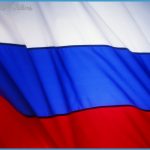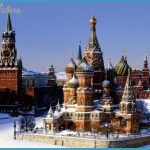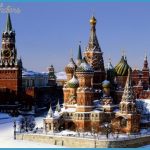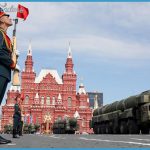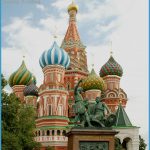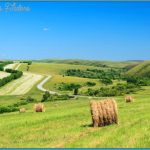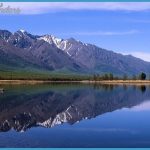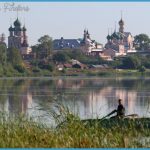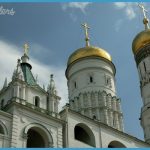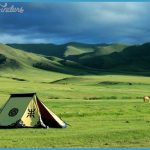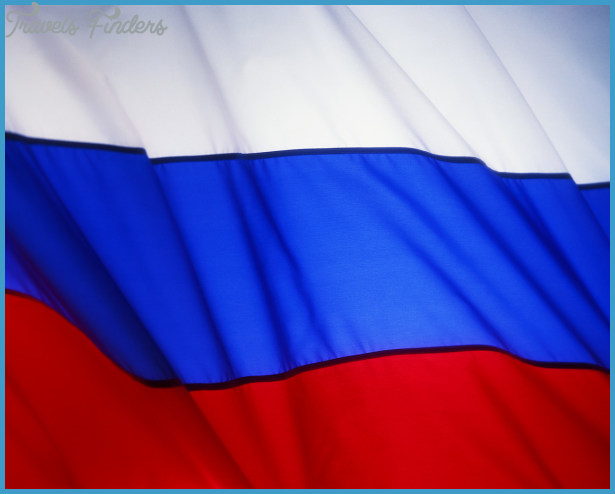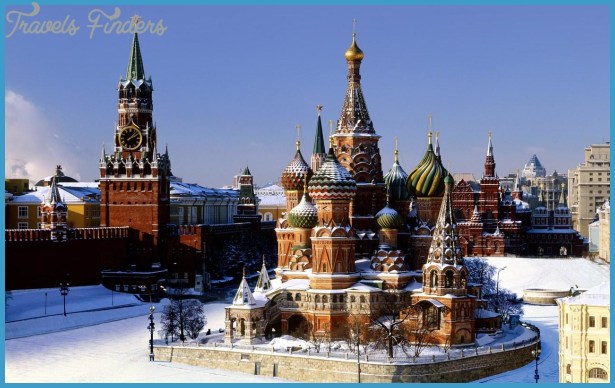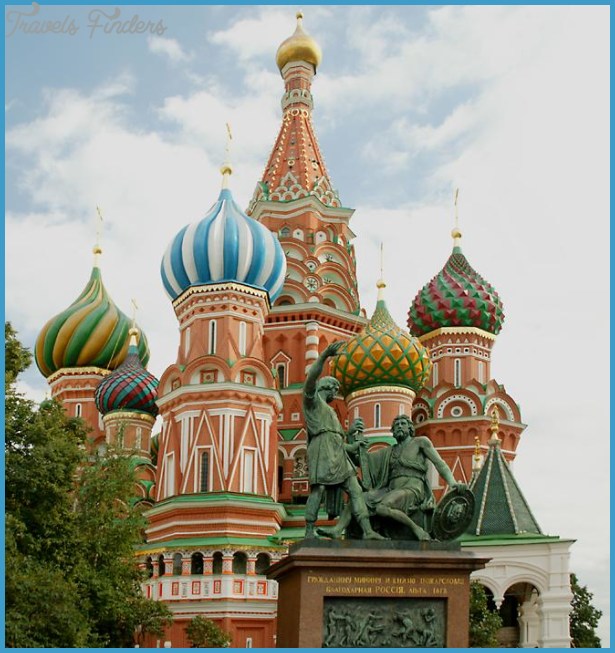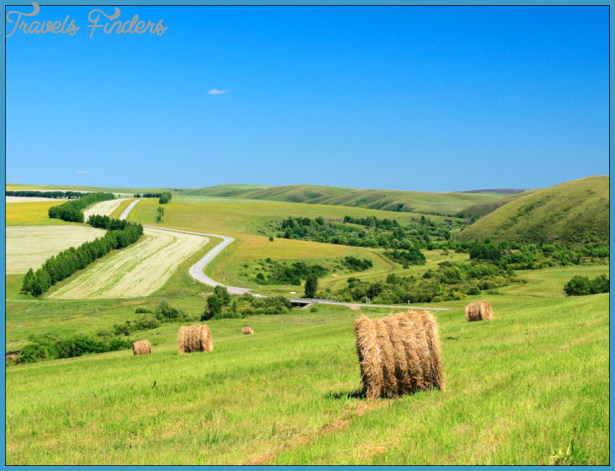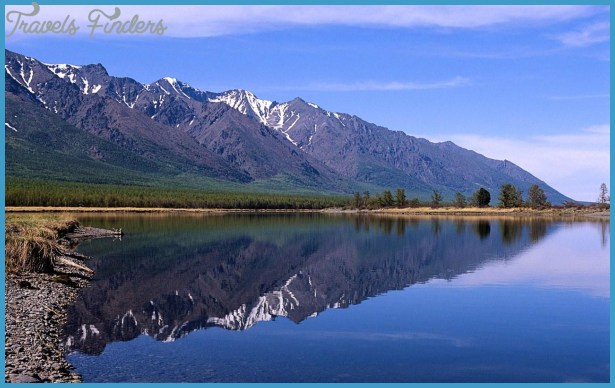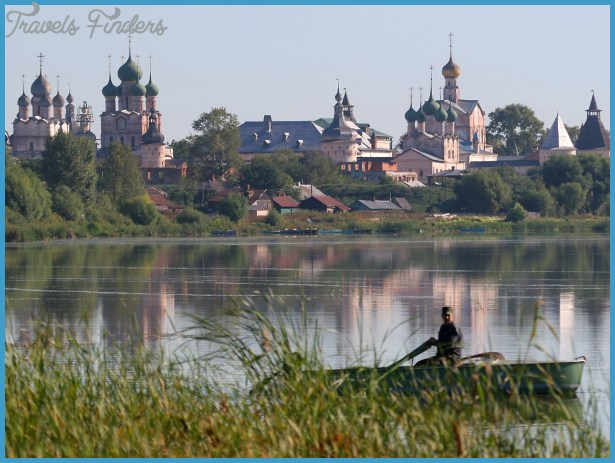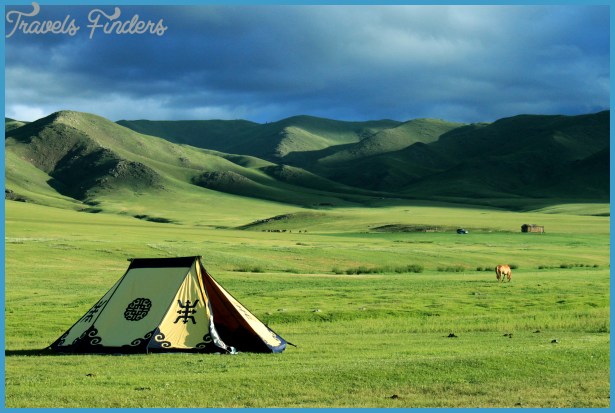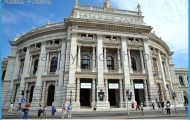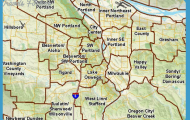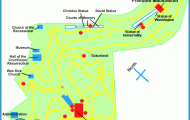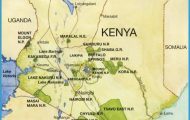Russia is really a nation of nations The Union of Soviet Socialist Republics with a variety of ethnic cultures under the Soviet banner. Actually there are some 185 different racial groups: Ukranians, Greater Russians, Uzbeks, Tartars, Khazaks, Armenians, Georgians, Jews, Lithuanians, Moldavians, Turkomans, Kirghiz, and many minority groups. There are even two villages of Russian Negroes in the Caucasus Mountains.
Is the Soviet Union in Europe or Asia? It’s in both. The low Urals mark the traditional division between Europe and Asiatic Russia. We must be careful to note that today Russia is technically but one, the biggest one to be sure, of the fifteen republics that together make up the Union of Soviet Socialist Republics. Theoretically, the fifteen republics have equal standing in the Union. However, the Russian Republic, with half the entire population, the capital city, most of the other major cities and three-fourths of the territory, is the undisputed leader. The Russian language is taught in all of the republics.
The Russia of Moscow and Leningrad is quite different than that of Samarkand or Yalta. The Soviet Union has done well in accommodating a variety of racial groups, religions and cultures. Turks, Mongolians, Ukranians are integral parts of the USSR. The northwest includes Lithuania and Latvia, at one time independent nations. The south has Georgia, Armenia, Azerbaydzhan, Turkmen, Uzbek, Tadzhik, and Kirghiz, each with its own loyalties and history.
Images of the Soviet Union include the vast steppes, fields of ripening grain, mighty rivers, unlimited expanses of land, deep lakes, and Caspian and Black Seas. They also include a people burdened by centuries of autocracy and today oppressed by even more conformity and bureaucracy, massed marches of troops on Kremlin Square, a people almost paranoid, and with good reason, about another cataclysmic war that would make even World War II with its thirty million Russian dead pale into insignificance. The Russian people have a mystical attraction for the land, deep emotions but unexpressive faces and they are a people liberally sprinkled with scientific, mathematical, musical, and literary geniuses.
The Soviet Union (population 268 million) dominates Eastern Europe geographically and politically. In fact, the Soviet Union, which extends from Eastern Europe all the way across Northern and Central Asia to the Bering Straits, occupies one-sixth of the world’s land surface and is the largest of all countries. It also has the second largest gross national product. It is three times the size of the United States. However, three-fourths of the country lies north of the 50th parallel, which helps to explain why Russia must import large amounts of food, much of it from the United States and Argentina. She is the number one producer of petroleum and has large deposits of gold and diamonds. A map of the Soviet Union moves through some 150 degrees of longitude, bordering Finland, the Baltic Sea, Poland, and Romania on the west, and at one point comes only three miles from a point of Alaska. Most of the country lies above the latitude of Winnipeg, Canada. The Russians do have a small subtropical zone south of the famous steppes (plains) along the shores of the Black and Caspian Seas. Vacation spots for the czars and the nobility before the Russian Revolution of 1907, these seasides are now occupied by dozens of hotels and sanitaria where workers vacation and the ill convalesce.
The Soviet Union covers so much longitude that at one extreme it is day while at the other it is still night. The differences in latitude are equally large. Kushka, bordering Afghanistan, is only eight hundred miles from the equator while Cape Chelyuskin in Siberia is a bare eight hundred miles from the North Pole. The distance is three thousand miles between the two, not much in terms of longitude, but tremendous in terms of seasons and climate. In South Turkmenia spring comes in January. At Cape Chelyuskin, even in midsummer, the wind piles up ridges of ice on the shore. Apple trees around Moscow do not blossom until late May and in northern Siberia the surface of the tundra is not free of ice until the end of June. Larch trees in Siberia take a century to reach the thickness of a man’s middle finger. The extremes of climate make grain harvesting in the south possible while snow is still falling in Kamchatka.
The Soviets love their land and their rivers. The soil, the mountains, and nature have a special hold on the people. The Volga, the Don and the Dnieper are major rivers in European Russia. In terms of volume of water carried and hydro-electric capacity, they are small compared to the great Soviet rivers Ob, Lena, and Yenisei. These tumble out of the southern mountains and flow north into the Arctic.

